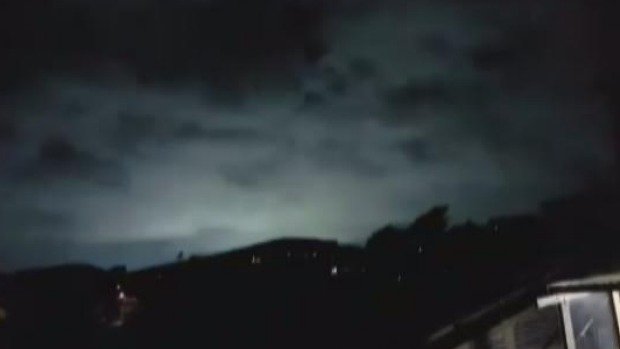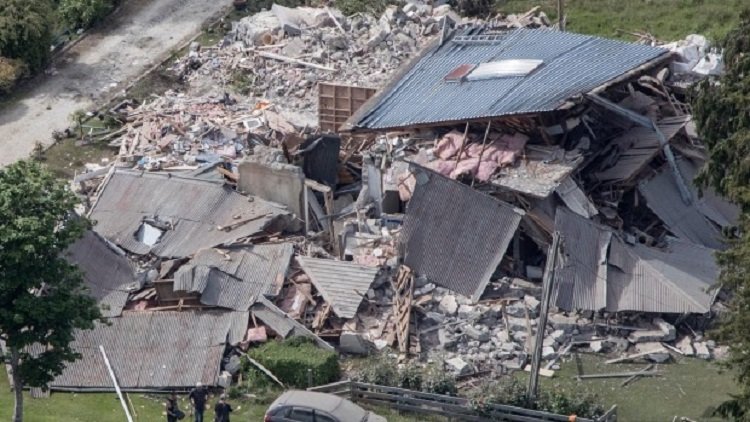What was that strange light in the sky? Many people overnight reported seeing strange lights in the sky, a phenomenon that has been reported for centuries before, during, and after earthquakes.
Seismologists aren't in agreement about the causes of the hotly-debated phenomenon - called earthquake lights or, sometimes, earthquake lightning.
And, of course, it's not clear whether the lights overnight in New Zealand were the phenomenon, or something else. One theory suggests dormant electrical charges in rocks are triggered by the stress of the Earth's crust and plate tectonics, transferring the charge to the surface where it appears as light.
Historical reports include globes, or orbs, of glowing light, floating just above the ground or in the sky.
Much like tidal research, it is an area that is notoriously difficult to investigate. Tidal stresses and their effects on the Earth are minute, but measurable, although many seismologists remain unconvinced by theories of "tidally triggered" earthquakes.

"Unfortunately, we cannot measure this phenomena or its extent with our instruments to provide a clear explanation," she said.
The phenomenon has been documented for centuries. Hypotheses have suggested the movement of rocks could generate an electric field, others suggest quakes can lead to rocks conducting electromagnetic energy and a subsequent build up of electric charges in the upper atmosphere.
Yet another theory suggests a link between the electric charge, or current, released by the earth ripping and buckling below the surface, and the magnetic properties of rock.
The charge appears as light, so the theory goes. People reported similar strange lights in the sky during the 2011 Christchurch earthquake. In 1888, before a large quake around the Hanmer region, a strange glow in the sky was reported by observers.
One recent study documented hundreds of sightings of strange light, glowing, and aurora-like reports, from 1600 to the 19th century. The study in the Seismological Research Letters suggested a charge builds up in rock inside the Earth's crust and, as it becomes rapidly unstable in a quake, expands outward.
In an earthquake, the electrical charge transfers from below the surface to the surface, or above, depending on the conductivity of the rock - appearing as light.
"When such an intense charge state reaches the Earth's surface and crosses the ground - air interface, it is expected to cause [an electric transmission and breakdown] of the air and, hence, an outburst of light.
"This process is suspected to be responsible for flashes of light coming out of the ground and expanding to considerable heights at the time when seismic waves from a large earthquake pass by."
The study said some seismologists also think the theory could account for other phenomena, such as changes to electrical fields, strange fog, haze, clouds, and low-frequency humming or radio frequency emission.
In the study, the researchers found the light was more often associated with a type of quake in which tectonic plates are wrenched apart, known as a "rift" earthquake.




Reader Comments
in disaster relief.
Why couldn't you open an internet page before opening your virtual mouth?
For mor info, go here: [Link]